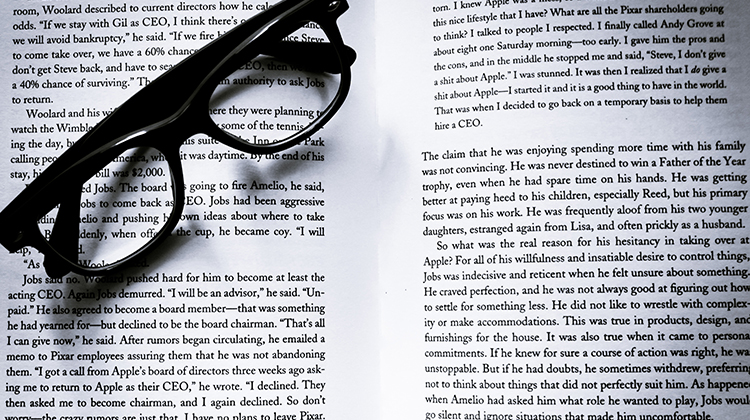$942 mil to Fix Literacy

A five-step plan to beat Australia’s literacy troubles has been proposed but it won’t come cheap. The $942m agenda seeks to introduce evidence-based approaches to literacy instruction in primary schools which will, it’s suggested, yield a $12 billion or 13-fold return.
Code REaD’s report, Saving Money by Spending: Solving Illiteracy in Australia produced by Equity Economics, recommends; implementing a high-quality evidence-based curriculum for early literacy instruction, training and coaching for teachers in explicit and structured literacy instruction, Year 1 Phonics Screening Check and screening in the first year of high school, small group tutoring and one-on-one intervention and adopting targets to reduce the proportion of students who do not meet basic levels of literacy.
Currently, four in ten 15-year-old students are not meeting reading benchmarks and the cost of lost lifetime earnings for those who fall behind is estimated at over $12 billion.
Professor of Cognitive Psychology and Co-Director of the La Trobe University Science of Language and Reading (SOLAR) Lab, Pamela Snow says the issue is that we are currently in a knowledge translation crisis.
“The latest version of the Australian Curriculum places a strong emphasis on early reading skills, particularly focusing on phonics-based knowledge and pleasingly, references to ‘predictable texts’ and the ‘three-cueing system’ (aligned to discredited whole-language instruction) have been removed.
“But that alone isn’t enough. We need to train our early years teachers in direct and explicit instruction on teaching reading, we need to implement national screening tools and effective intervention strategies for those falling behind.”
Code REaD Chairperson and Co-Founder, Dr Sandra Marshall, said that there is significant spending on ineffective approaches.
“Australian students are not achieving the proficiency levels in reading (literacy and writing) that they should be, and it is worsening. Since OECD countries launched the Programme for International Student Assessment (PISA), measuring the reading ability of 15-year olds, Australia has slipped from fourth in 2000, to sixteenth in 2018.
“The core skills for reading - phonemic awareness, phonics, fluency, vocabulary and comprehension - have been identified through over fifty years of research and education. Yet, those skills are not always made part of schools’ curriculum, nor is there investment to support schools to transition away from reading instruction not informed by scientific research evidence.”
Report co-author Jessica Del Rio from Equity Economics said, “now is the time for a nation-building investment in education. Governments need to take an evidence-based approach to reduce the number of potentially preventable instructional casualties arising from shortcomings in areas within their own direct policy control.”
Dr Marshall said the report reveals that no single state or territory consistently performs best or worst across all areas and none are doing particularly well.
“While some states and territories, such as the ACT, Victoria and Western Australia, consistently outperform others in national assessments, they do not perform the best in terms of progress over time. The Northern Territory, New South Wales and Tasmania have the highest proportion of 15-year-old students who did not attain the Australian National Proficient Standard in reading in PISA.
“Economists aren't known for provocative language, but the hard facts this report presents reflect the statements I've made in the past: as a GP I can confidently say that if the lack of standards of evidence in education were used in health, we'd be sued for malpractice," Dr Marshall says.
What Will it Cost?
The estimated cost of implementing the five recommendations are broken down as:
$139 million for evidence-based, high-quality curriculum materials for students in preschool, Year 1, and Year 2.
$40 million for decodable readers for beginner readers in preschool and Year 1.
$136 million to support teachers with preschool, Year 1, and Year 2 classes to deliver high-impact teaching through the provision of professional learning.
$137 million to introduce the Year 1 Phonics Screening Check and screening in the first year of high school.
$491 million to provide small group intervention for students requiring additional support in all grades from preschool to Year 12.